Twenty years of training doctors for rural Texas
By Alex Branch
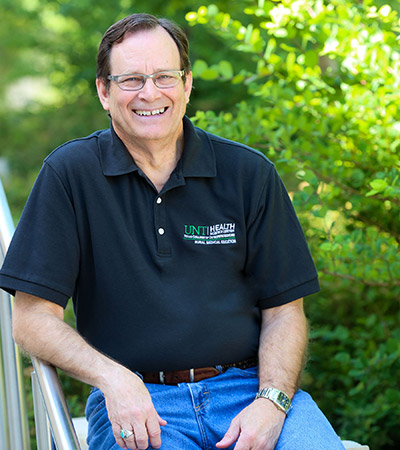 John Bowling, DO, will miss many things about the nationally recognized Rural Osteopathic Medical Education program he founded about 20 years ago at UNT Health Science Center.
John Bowling, DO, will miss many things about the nationally recognized Rural Osteopathic Medical Education program he founded about 20 years ago at UNT Health Science Center.
He’ll miss the students, whom he personally interviewed each year to gauge their aptitude for life as a rural physician. He’ll miss his staff and the hours spent together strengthening the program’s curriculum.
And he’ll miss driving into the Texas Panhandle or the border towns of south Texas to visit rural physicians. Many of them were his former students, who volunteered their clinics for student training rotations to ensure the program’s continued success.
“Their generosity and commitment to working with us to develop this program into what it is today is very meaningful to me,” said Dr. Bowling, Assistant Dean of Rural Medical Education. “The many relationships I’ve built here are what I will truly miss the most.”
After 28 years at the Health Science Center, Dr. Bowling will retire Aug. 31. He is ending a medical career that spanned five decades, beginning as a physician in a rural county in Ohio. John Gibson, MD, Assistant Professor in the Texas College of Osteopathic Medicine, will lead the rural program.
Dr. Bowling joined TCOM’s Department of Family Medicine in 1988 with the mission of developing a rural family medicine track. He worked with rural family medicine physicians across the state to create a network of teaching sites that provide students front-line training and experience. Today, the program has more than 40 training sites.
In 2006, he oversaw creation of the Rural Scholars Program, an innovative four-year curriculum designed to better prepare students for rural practice.
The program goal is to provide Texas with young, competent physicians who will replace the declining medical workforce in rural communities. The program’s success — at least 42 percent of graduates practice in cities with less than 25,000 people and 69 percent of graduates enter family medicine residencies — keeps it consistently ranked among the top such programs in the country, according U.S. News & World Report.
“What John created has changed how we prepare students to deliver health care in rural and underserved populations,” said Don Peska, DO, Dean of TCOM. “He has instilled in them an appreciation for what it takes to provide quality services when resources are limited, as well as the importance of family and community in promoting wellness.
“We are committed to continuing his legacy.”
|
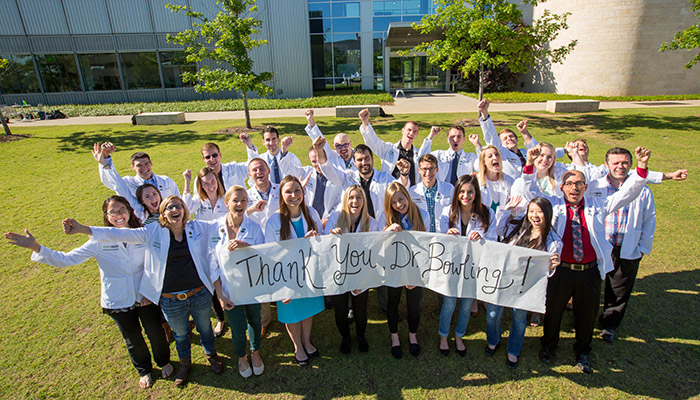
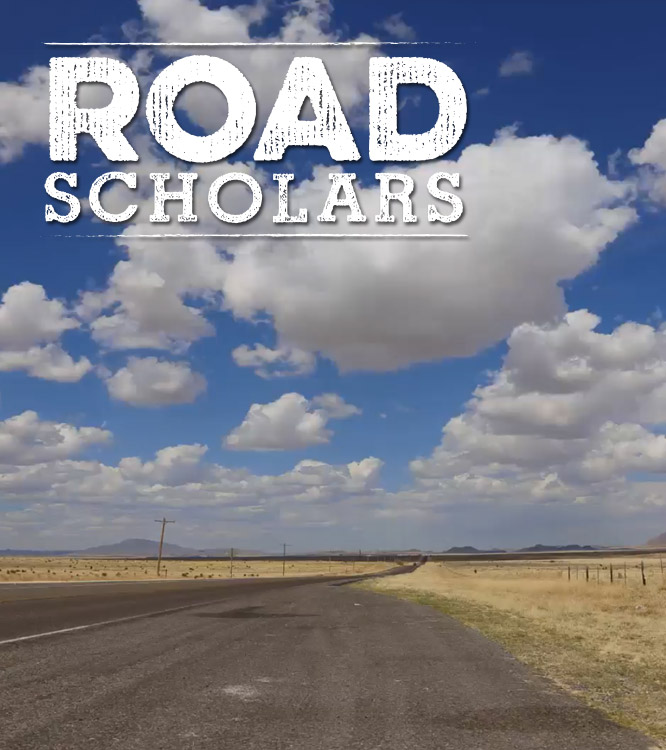
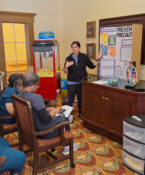
![Uyen Sa Nguyen Scaled[58]](https://www.unthsc.edu/newsroom/wp-content/uploads/sites/16/Uyen-Sa-Nguyen-scaled58-145x175.jpg)
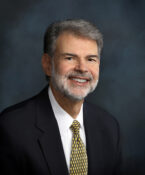
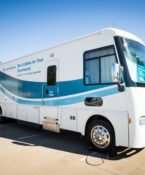

Social media